Landowner’s Guide to Sustainable Forestry: Best Practices and Resources
- September 5, 2024
- 0 comment
Sustainable forestry management is not just about maintaining the trees on your land; it’s about ensuring that your forest remains healthy and productive for generations to come. As a landowner, you play a crucial role in promoting sustainable forestry, which balances the ecological, economic, and social values of your forested lands. Sustainable forestry practices help protect biodiversity, maintain water quality, and provide renewable resources like timber, all while supporting the livelihoods of local communities. By adopting sustainable practices, you contribute to a legacy of responsible stewardship that benefits not only your land but the environment and society as a whole.
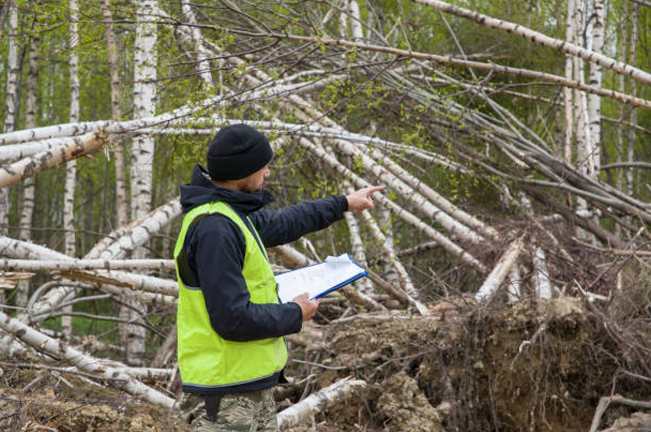
Table of Content
- Understanding Your Forest: Assessment and Planning
- Best Practices in Sustainable Forestry Management
- Sustainable Timber Harvesting Techniques
- Enhancing Forest Health and Resilience
- Economic Considerations for Sustainable Forestry
- Legal and Ethical Responsibilities of Landowners
- Engaging with Your Community and Stakeholders
- Resources and Tools for Landowners
- Future Trends in Sustainable Forestry
- FAQs
Understanding Your Forest: Assessment and Planning

The first step in sustainable forestry management is to understand the unique characteristics of your forest. Conducting a forest inventory is essential, as it provides valuable information about tree species, age, health, and density. Various tools and techniques, such as aerial surveys, GIS mapping, and on-the-ground measurements, can help you gather this data.
Once you have a clear understanding of your forest, it’s time to set goals. Do you want to prioritize timber production, conservation, recreation, or wildlife habitat? Perhaps you aim to balance all these objectives. Whatever your goals, developing a comprehensive forest management plan is critical. This plan should outline the steps needed to achieve your objectives while ensuring the long-term health of your forest. Engaging professionals like foresters, ecologists, and consultants can provide you with expert guidance in creating and implementing your management plan.
Best Practices in Sustainable Forestry Management
Sustainable forestry involves a variety of practices designed to maintain forest health and productivity. Silvicultural systems are at the heart of these practices, with different management systems like clearcutting, selective cutting, and shelterwood being used depending on your forest’s needs and goals. Each system has its advantages and challenges, and understanding these can help you choose the best approach for your land.
Soil and water conservation is another critical aspect of sustainable forestry. Techniques such as contour planting, buffer zones, and erosion control methods help protect these vital resources. Meanwhile, wildlife habitat management focuses on enhancing biodiversity and protecting endangered species through practices like creating wildlife corridors and maintaining diverse vegetation.
Managing invasive species is also crucial to sustaining your forest’s health. Implementing strategies to prevent and control the spread of non-native species will protect native plants and animals. Additionally, fire management practices, including controlled burns and firebreaks, are essential for reducing the risk of wildfires and maintaining a healthy forest ecosystem.
Sustainable Timber Harvesting Techniques

When it comes to timber harvesting, sustainable practices ensure that your forest remains productive over the long term. Selective cutting allows for the removal of specific trees, promoting growth and maintaining forest structure, while clearcutting is more suitable for certain tree species but must be managed carefully to avoid negative environmental impacts.
Reduced Impact Logging (RIL) techniques are designed to minimize environmental damage during harvesting. These include careful planning of logging operations, using specialized equipment, and training workers in low-impact methods. Timber stand improvement practices, such as thinning and pruning, enhance forest health and productivity by reducing competition among trees and improving timber quality. After harvesting, regeneration techniques—whether through natural regeneration or replanting—are essential for ensuring that your forest continues to thrive.
Enhancing Forest Health and Resilience
Maintaining the health and resilience of your forest is key to sustainable management. Pest and disease management involves monitoring for signs of common threats and implementing control measures when necessary. This can include biological controls, integrated pest management, and selective treatments.
With climate change posing new challenges, climate change adaptation strategies are increasingly important. These might include selecting tree species that are more resilient to changing conditions, managing water resources, and diversifying forest composition.
Forest restoration practices like reforestation and afforestation can help restore degraded areas, while long-term monitoring ensures that you can track the health of your forest over time, making adjustments to your management plan as needed.
Economic Considerations for Sustainable Forestry
Sustainable forestry isn’t just good for the environment it can also be economically beneficial. Understanding timber market trends allows you to sell your timber sustainably, ensuring you get the best return while maintaining forest health. Exploring non-timber forest products (NTFPs), such as mushrooms, berries, and medicinal plants, can provide additional income streams.
Carbon credits offer another opportunity for landowners, allowing you to earn revenue by participating in carbon sequestration projects that mitigate climate change. Additionally, various cost-share programs and grants are available to support sustainable forestry practices, helping offset the costs of management activities.
Legal and Ethical Responsibilities of Landowners
Navigating the forestry laws and regulations that govern forest management is essential for landowners. These laws vary by location but typically cover issues such as timber harvesting, wildlife protection, and water quality. Understanding your rights and responsibilities as a landowner, including property rights and conservation easements, is critical for ensuring that your management practices comply with legal requirements.
Ethical forestry practices are about balancing your economic goals with environmental stewardship. This means considering the long-term impacts of your decisions on the land and surrounding communities, and striving to leave your forest in better condition than you found it.
Engaging with Your Community and Stakeholders
Sustainable forestry doesn’t happen in isolation it’s often a collaborative effort. Collaborating with neighbors through joint management initiatives or community forestry projects can enhance the effectiveness of your efforts. Public outreach and education help raise awareness about the importance of sustainable practices, encouraging others to adopt similar approaches.
Engaging in volunteering and citizen science initiatives offers landowners the chance to contribute to broader conservation efforts while learning more about their own forests. These activities can also build stronger connections with your community and enhance your management strategies.
Resources and Tools for Landowners
As a landowner, you don’t have to navigate sustainable forestry management alone. There are numerous professional associations and networks that offer support and resources. Connecting with forestry professionals and organizations can provide valuable advice and opportunities for collaboration.
Online resources and publications offer a wealth of information on sustainable forestry management, from best practices to the latest research. Workshops and training programs are available to help you continue your education and refine your skills, while government and NGO support can provide guidance and financial assistance.
Future Trends in Sustainable Forestry
The future of forestry is rapidly evolving, with technological advances playing an increasingly important role in management. Innovations such as drone monitoring, precision forestry tools, and data analytics are transforming how forests are managed, making practices more efficient and sustainable.
As best practices continue to evolve, landowners must adapt to new challenges and opportunities. This might involve integrating new techniques into your management plan or adopting practices that were once considered experimental but are now proven effective.
Ultimately, the role of landowners in the future of forestry is crucial. By staying informed and engaged, you can lead the way in sustainable forestry, ensuring that your land remains healthy and productive for future generations.
Frequently Asked Questions (FAQs)
1. What is sustainable forestry management?
Sustainable forestry management involves practices that ensure the long-term health, productivity, and biodiversity of forest ecosystems. It balances environmental, economic, and social values, promoting responsible stewardship of forest resources.
2. Why is sustainable forestry important for landowners?
Sustainable forestry allows landowners to maintain the ecological health of their forest while benefiting economically from timber production, non-timber forest products, and other resources. It also helps protect biodiversity, water quality, and provides recreational opportunities.
3. How can I assess the condition of my forest?
Conducting a forest inventory is the first step. This involves gathering data on tree species, age, density, and health using tools like GIS mapping, aerial surveys, and on-the-ground measurements. A forest management plan can be developed based on this assessment.
4. What are the key goals I should set for my forest management plan?
Goals can include timber production, conservation, recreation, and wildlife habitat enhancement. It’s important to tailor your management plan to align with your specific objectives while ensuring the long-term sustainability of your forest.
5. What are some best practices in sustainable forestry management?
Best practices include implementing appropriate silvicultural systems, conserving soil and water, managing wildlife habitat, controlling invasive species, and practicing effective fire management. Each practice contributes to the overall health and resilience of the forest.
6. What is the difference between selective cutting and clearcutting?
Selective cutting involves removing specific trees to maintain forest structure and health, while clearcutting removes all trees in an area, often used for certain species that require full sunlight. Both methods have pros and cons, depending on forest conditions and management goals.
7. How can I enhance the health and resilience of my forest?
Enhancing forest health involves managing pests and diseases, adapting to climate change, implementing restoration practices like reforestation, and conducting long-term monitoring to track forest conditions over time.
8. What economic opportunities are available through sustainable forestry?
Landowners can benefit from timber sales, non-timber forest products (NTFPs), carbon credits, and cost-share programs or grants that support sustainable practices. Understanding market trends and diversifying income sources can enhance financial returns.
9. What legal and ethical responsibilities do I have as a forest landowner?
Landowners must comply with local, state, and federal forestry laws and regulations. Ethical responsibilities include balancing economic goals with environmental stewardship, ensuring that forestry practices do not harm the environment or community.
10. How can I engage with my community and other stakeholders in forestry management?
Collaborate with neighbors on joint management initiatives, participate in public outreach and education programs, and engage in volunteering or citizen science projects. These activities help build stronger community ties and promote sustainable practices.
11. What resources are available to help me manage my forest sustainably?
Numerous resources include professional associations, online publications, workshops, and training programs. Government agencies and NGOs also provide guidance, financial assistance, and tools for sustainable forestry management.
12. Are there examples of successful sustainable forestry management I can learn from?
Yes, case studies of landowners who have successfully implemented sustainable practices can provide valuable lessons and inspiration. These examples show how sustainable management can be effectively applied in different forest ecosystems.
13. What are the future trends in sustainable forestry?
Future trends include technological advances in forestry management, evolving best practices, and the increasing role of landowners in leading sustainable initiatives. Staying informed about these trends can help you adapt to new challenges and opportunities.
14. How can I get started with sustainable forestry management on my land?
Begin by assessing your forest’s condition, setting clear management goals, and developing a comprehensive forest management plan. Engage with professionals, utilize available resources, and adopt best practices to ensure the sustainability of your forest.
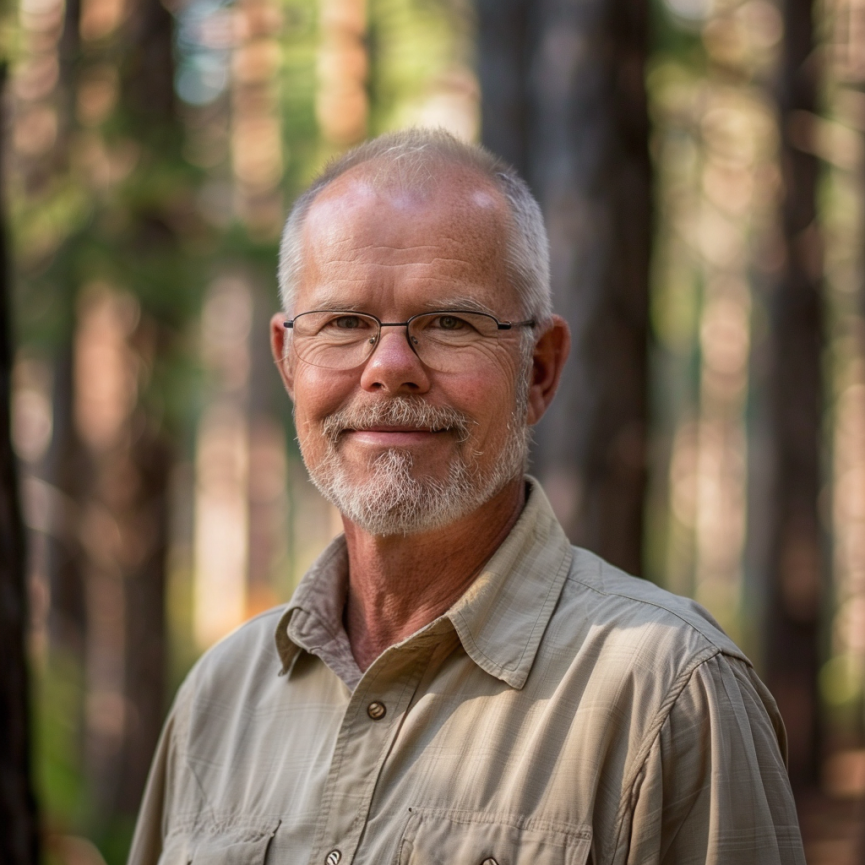
Gilbert Griffin
Forestry AuthorGilbert Griffin is a forest management expert specializing in sustainable practices, forest health, conservation, and land management. With extensive knowledge in pest control, disease management, and habitat restoration, Gilbert develops strategies to preserve forest ecosystems and biodiversity. Passionate about the natural world, Gilbert adapts to changes in forest management and stays updated through continuous learning. Gilbert also provides seasonal advice to optimize forest care throughout the year.

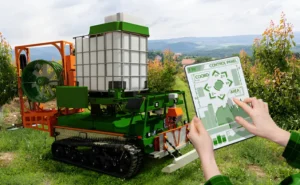



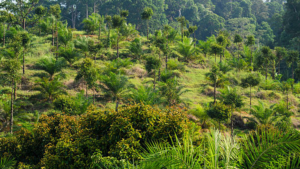
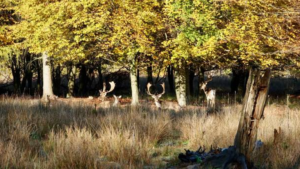

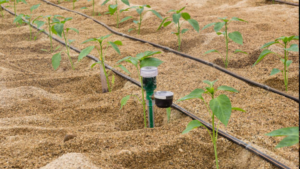

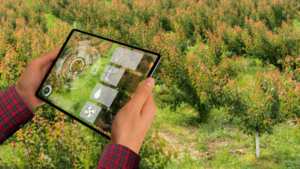
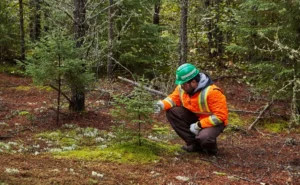
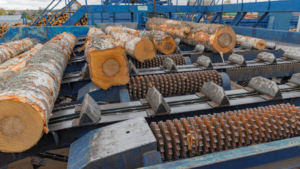
Leave your comment